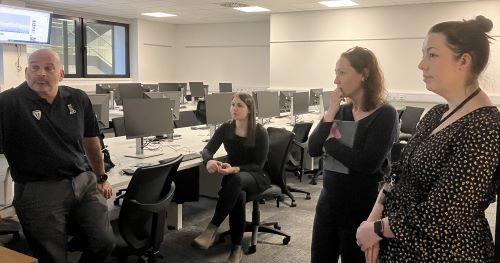On Wednesday the 23rd of October 2024, our bimonthly CEDAR meeting took place in B2, on the Edinburgh Napier University Merchiston campus and simultaneously on Teams.
Two following presentations were delivered to our CEDAR members:
1 – “The Smell Training Study”, by Emily Spencer from the School of Applied Science (SAS) at Edinburgh Napier University.
Enhancing the Sense of Smell Through Olfactory Training

 In a world where our senses shape our experiences, smell often goes unnoticed—until it’s compromised. Olfactory Dysfunction (OD), or an impaired sense of smell, is a condition that impacts millions globally. About 1 in 5 people in the UK alone experience some level of smell impairment, and 1 in 20 live with anosmia, the complete loss of smell. The Smell Training Study, led by a team from Edinburgh Napier University, investigates how targeted “smell training” can help those struggling with OD.
In a world where our senses shape our experiences, smell often goes unnoticed—until it’s compromised. Olfactory Dysfunction (OD), or an impaired sense of smell, is a condition that impacts millions globally. About 1 in 5 people in the UK alone experience some level of smell impairment, and 1 in 20 live with anosmia, the complete loss of smell. The Smell Training Study, led by a team from Edinburgh Napier University, investigates how targeted “smell training” can help those struggling with OD.
Understanding Olfactory Dysfunction and Its Impact

Olfactory Dysfunction can stem from various causes, such as respiratory infections, ageing, head trauma, or neurological diseases. Notably, COVID-19 spotlighted OD, with studies showing that 40-75% of infected individuals experienced smell loss. Beyond the physical implications, OD can profoundly affect one’s mental health and quality of life. Many experience anxiety, depression, and reduced pleasure from everyday activities like eating, cooking, and socializing. Additionally, impaired smell poses safety risks, such as missing warning odours from smoke, gas leaks, or spoiled food.
The Science Behind Smell Training 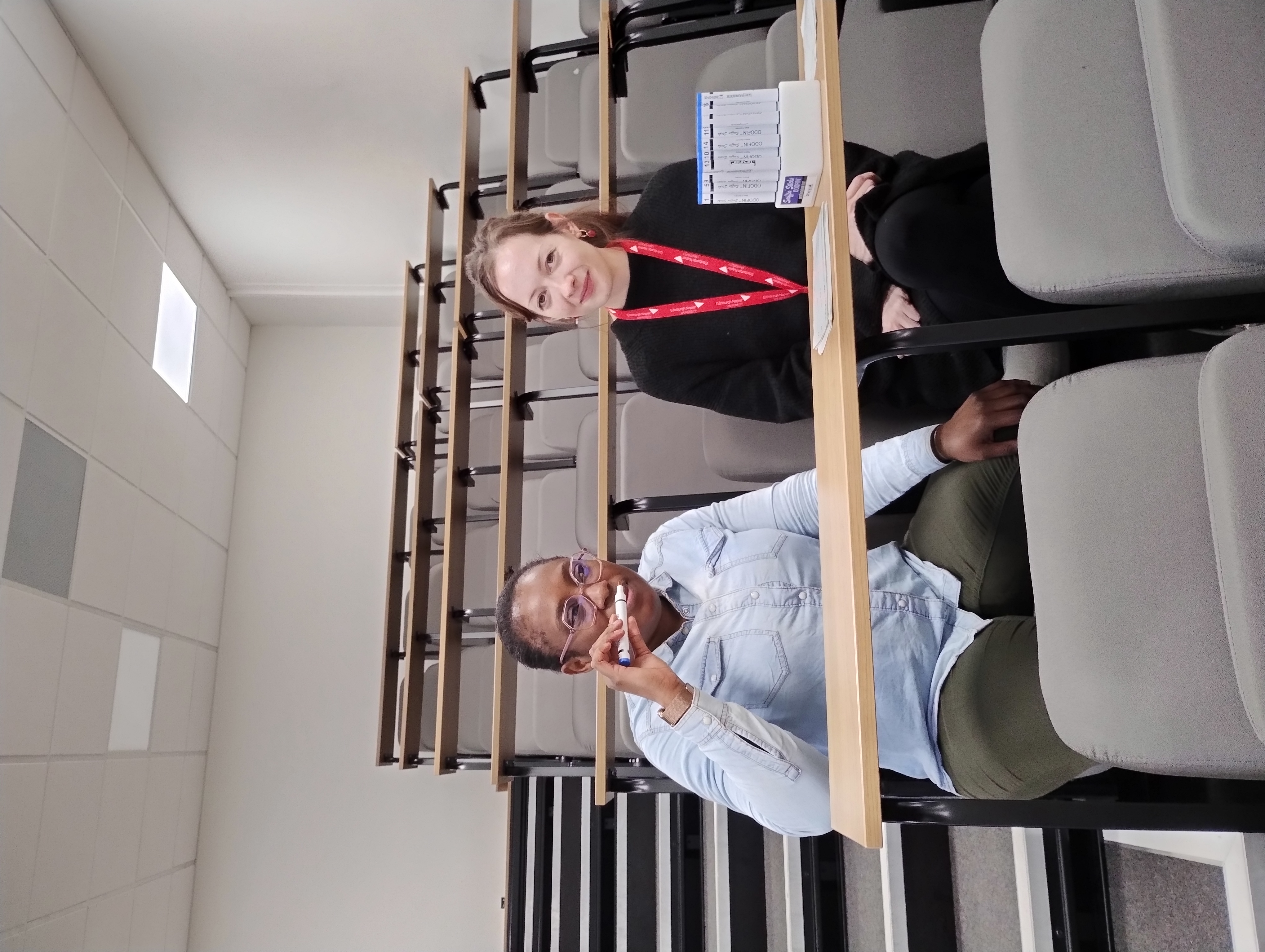
Smell training, a therapy developed by Dr. Hummel in 2009, leverages the olfactory system’s unique regenerative ability. The concept is simple but powerful: individuals smell specific scents—commonly lemon, rose, cloves, and eucalyptus—twice daily. Over time, this repetitive stimulation can potentially “retrain” the brain to process olfactory signals more effectively. Smell training is affordable, easy to implement, and, as the study shows, can yield significant improvements in the sense of smell.
Key Findings from the Study
The study, which evaluated the influence of odour pleasantness on smell training outcomes, found compelling results. Participants with normosmia (normal smell function) and those with OD underwent a 16-week smell training regimen. They were evaluated using the Sniffin’ Sticks Olfactory Test, which measures odour threshold, discrimination, and identification (TDI score).
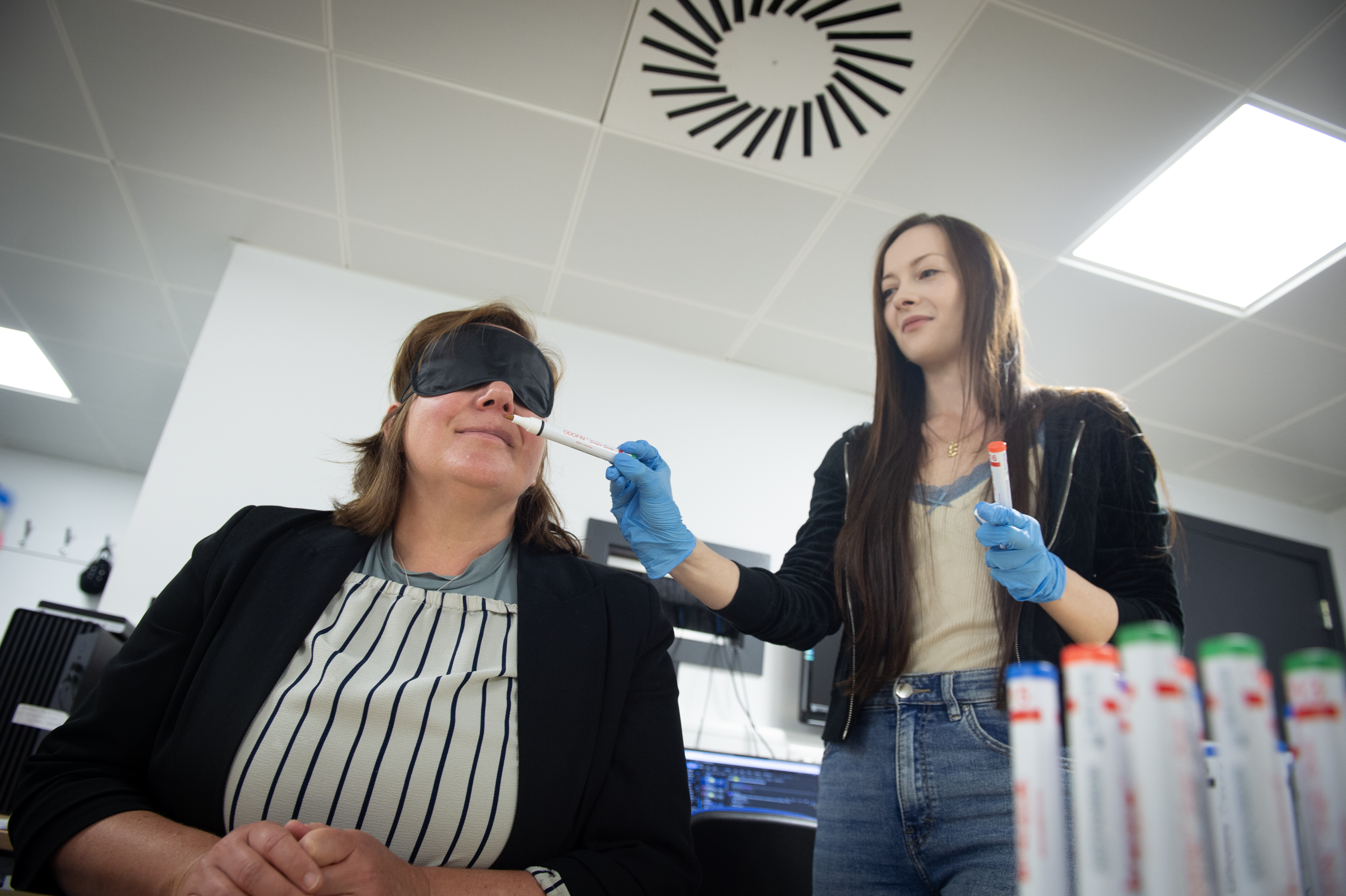
Some key findings include:
- Self-Assessment vs. Actual Smell Ability: Self-assessed smell condition was often inaccurate. Those who reported smell loss typically had lower TDI scores than normosmic participants. However, significant variability indicated that self-assessment may not reliably reflect actual olfactory function.
- Effectiveness of Smell Training: Smell training significantly improved olfactory performance for both groups. This finding highlights the potential for OT as a universal method for enhancing smell, regardless of prior olfactory health.
- Odour Pleasantness: Contrary to expectations, the pleasantness of odours did not significantly impact training outcomes. This allows future research to explore other olfactory features, such as odour familiarity or edibility, which might influence training effectiveness.
Challenges and Future Directions
Despite the promising results, the study faced challenges with adherence. Smell training requires consistent practice over several months, which can be difficult for some to maintain. The sample size was also limited, particularly for control participants with smell loss, as many did not see a direct benefit from participation. Future studies could look at the effects of age-related differences on OT outcomes and test a broader array of odours to refine the training process further.
Conclusion
The Smell Training Study underscores the potential of OT as a therapeutic tool for those with olfactory Dysfunction. This research brings hope to individuals with smell loss, offering a pathway to regain a fundamental, yet often underappreciated, sense. As smell training techniques develop, more people may find relief and renewed enjoyment in the scents that enrich daily life.
For those seeking support with smell and taste disorders, organizations like Fifth Sense provide resources and guidance for navigating life with OD.
2 – “This is not Breaking News. Design, Information Disorder & the American Mediasphere”, by Anna Talley from the University of Edinburgh.
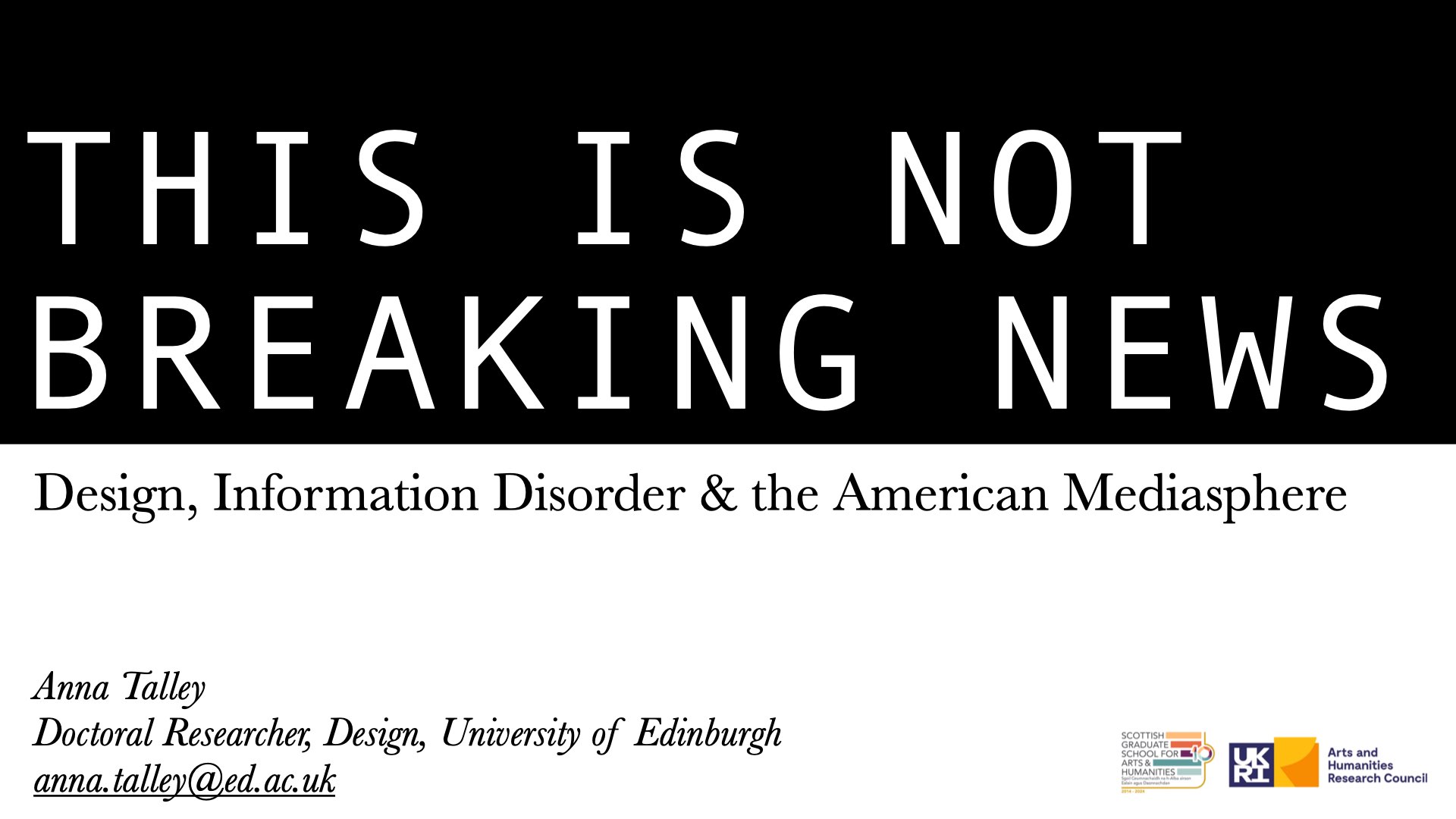
Rethinking Design in the Era of Information Disorder 
In an age dominated by information flows, the role of design in shaping public communication has become increasingly vital. Doctoral researcher Anna Talley, from the University of Edinburgh, delves into this critical intersection of design, media, and politics in her research on “Design, Information Disorder, & the American Mediasphere.”
Understanding Information Disorder
As defined by Wardle and Derakhshan (2017), information disorder refers to the proliferation of misleading, false, or manipulated content that distorts public discourse. The emergence of “post-factual” websites and the democratization of content creation has dramatically shifted communication dynamics in the modern era. No longer confined to professional publishers or broadcasters, the public has taken on the dual role of consumers and “prosumers,” wielding the power to disseminate information without the ethical guardrails traditionally upheld by media institutions.

The Role of Design in the Media Ecosystem
Talley’s research emphasizes that design is not merely a visual or aesthetic practice but a critical tool for communication with far-reaching societal implications. Her key points include:
- Design as a Public Good: Communication design contributes to the public good by shaping political communication and fostering informed citizenry.
- Failures of Communication Design: Breakdowns in political communication often stem from flaws in the design process, suggesting that communication design is failing its role in serving the public interest.
- Design and Political Economy: The economic underpinnings of communication design have tangible consequences in the public sphere, influencing how information is created, distributed, and consumed.
- Ethical Foundations: Socially responsible design begins with integrating ethics into design education, equipping future designers to address societal challenges thoughtfully.
The Shift from Print to Digital
Comparing the nineteenth-century print economy to today’s digital landscape reveals a profound transformation in media distribution. Bound by physical production and corporate priorities, newspapers have given way to online platforms, where content circulates instantly and with fewer editorial constraints. This shift underscores the importance of teaching media literacy and embedding systemic changes within communication systems.

Towards a More Ethical Media Landscape
Talley advocates for media literacy programs that empower individuals to critically engage with visual and digital media. Combined with systemic reforms in communication systems, these programs can address the pervasive issues stemming from information disorder. In this context, design’s role is to foster transparency, trust, and inclusivity in public communication.

Conclusion
Anna Talley’s work highlights the urgency of reevaluating design’s ethical and practical dimensions in today’s media-saturated world. As communication design evolves, it must overcome the challenge of countering information disorder, promoting democratic discourse, and serving the greater public good. The future of design lies in its ability to balance aesthetic innovation with a steadfast commitment to societal well-being.





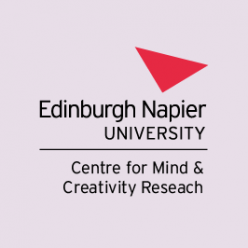






 In a world where our senses shape our experiences, smell often goes unnoticed—until it’s compromised. Olfactory Dysfunction (OD), or an impaired sense of smell, is a condition that impacts millions globally. About 1 in 5 people in the UK alone experience some level of smell impairment, and 1 in 20 live with anosmia, the complete loss of smell. The Smell Training Study, led by a team from Edinburgh Napier University, investigates how targeted “smell training” can help those struggling with OD.
In a world where our senses shape our experiences, smell often goes unnoticed—until it’s compromised. Olfactory Dysfunction (OD), or an impaired sense of smell, is a condition that impacts millions globally. About 1 in 5 people in the UK alone experience some level of smell impairment, and 1 in 20 live with anosmia, the complete loss of smell. The Smell Training Study, led by a team from Edinburgh Napier University, investigates how targeted “smell training” can help those struggling with OD.







 its annual Awayday in September 2024 at Prestonfield House in Edinburgh, bringing together experts from diverse fields to discuss cutting-edge research and explore new ideas surrounding the built environment, cognition, and creativity.
its annual Awayday in September 2024 at Prestonfield House in Edinburgh, bringing together experts from diverse fields to discuss cutting-edge research and explore new ideas surrounding the built environment, cognition, and creativity. Led by Dr Marina Wimmer and Dr Suha Jaradat, the event offered a platform for knowledge exchange and collaboration across interdisciplinary topics.
Led by Dr Marina Wimmer and Dr Suha Jaradat, the event offered a platform for knowledge exchange and collaboration across interdisciplinary topics.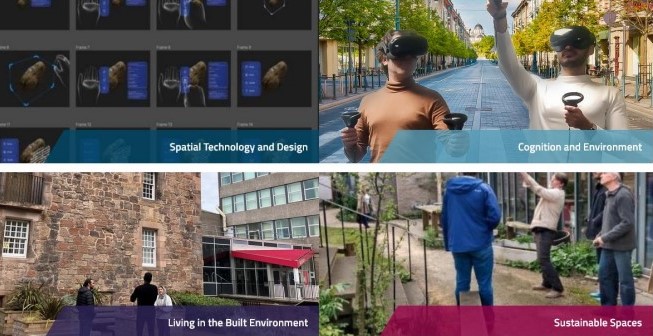 Environment, Living in the Built Environment, Spatial Technology and Design, and Sustainable Spaces. These themes reflect the diverse range of interests within CEDAR, with a strong focus on how environments—both physical and virtual—impact human behaviour, well-being, and creativity.
Environment, Living in the Built Environment, Spatial Technology and Design, and Sustainable Spaces. These themes reflect the diverse range of interests within CEDAR, with a strong focus on how environments—both physical and virtual—impact human behaviour, well-being, and creativity.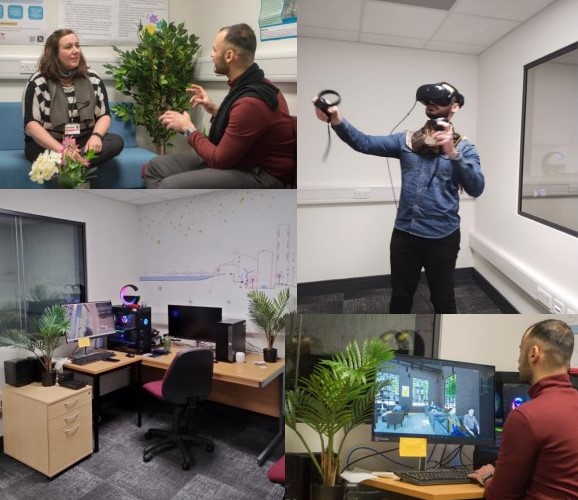
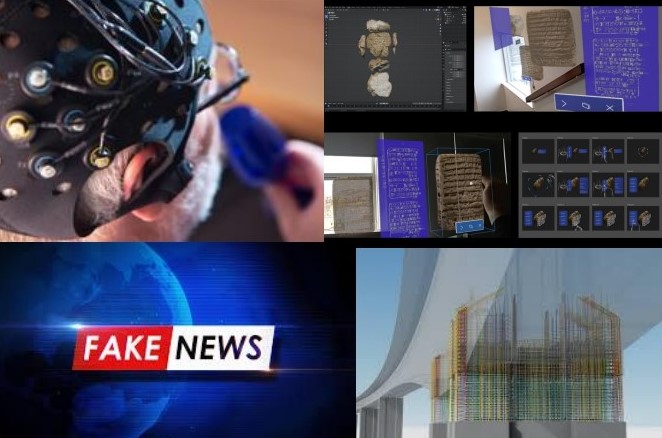 The Awayday also featured discussions on knowledge transfer, particularly in fields like forensic psychology, sensory analysis, and creativity training. The Creativity Matters! project and innovative approaches to sensory analysis, such as the development of novel methods for profiling whisky flavours, underscored CEDAR’s commitment to bridging research with real-world applications.
The Awayday also featured discussions on knowledge transfer, particularly in fields like forensic psychology, sensory analysis, and creativity training. The Creativity Matters! project and innovative approaches to sensory analysis, such as the development of novel methods for profiling whisky flavours, underscored CEDAR’s commitment to bridging research with real-world applications.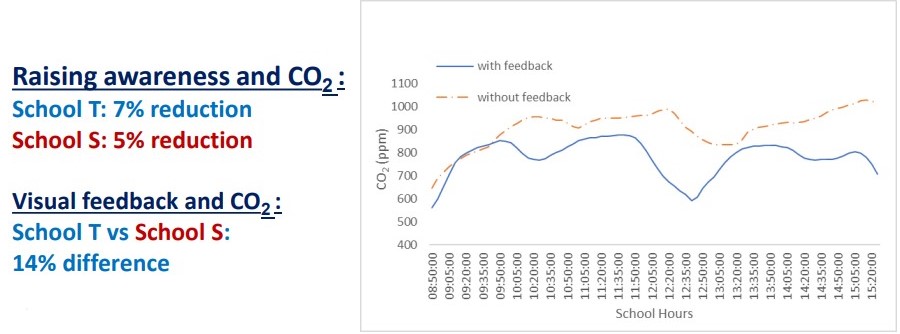


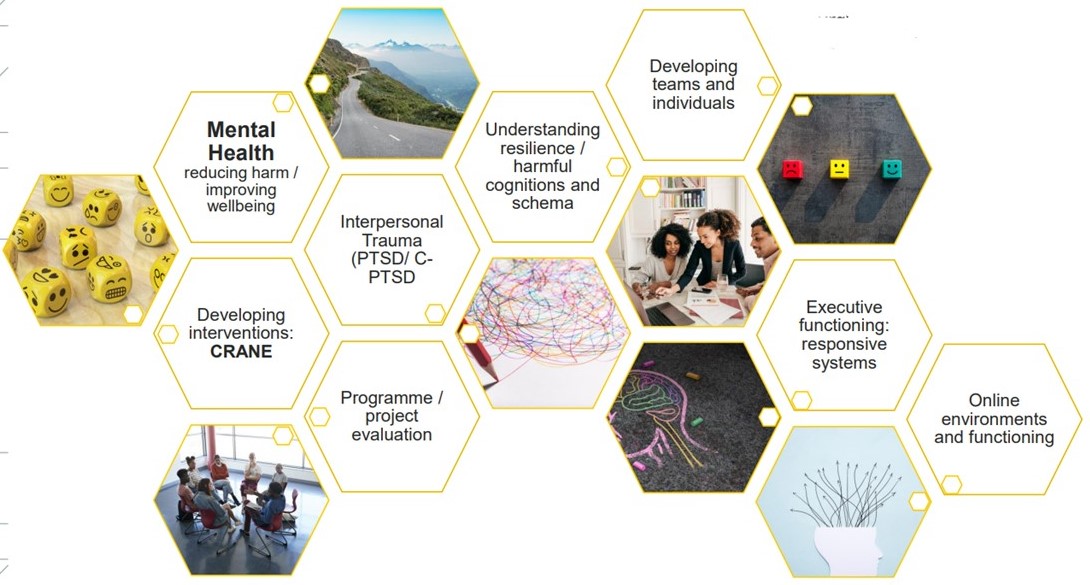


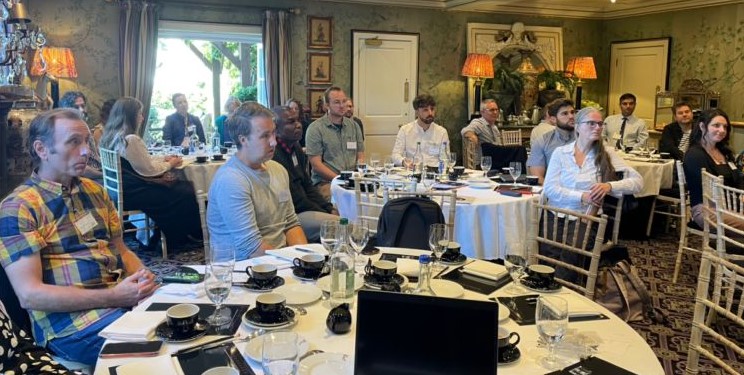
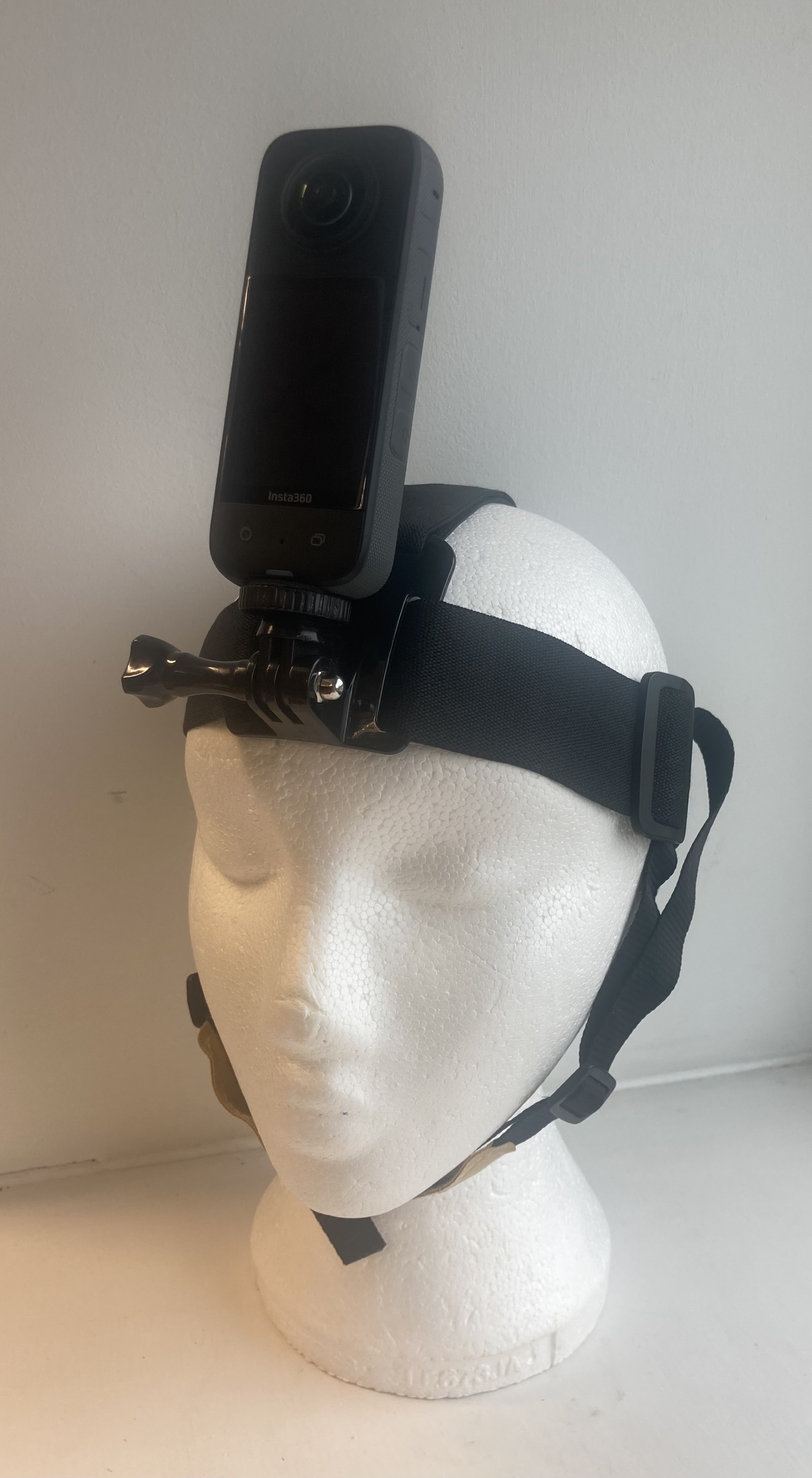
 She wants to investigate whether social robots can be used as companions for students to improve their well-being and combat loneliness. She is investigating whether they can support students more effectively with interventions than digital aids such as apps or chatbots.
She wants to investigate whether social robots can be used as companions for students to improve their well-being and combat loneliness. She is investigating whether they can support students more effectively with interventions than digital aids such as apps or chatbots.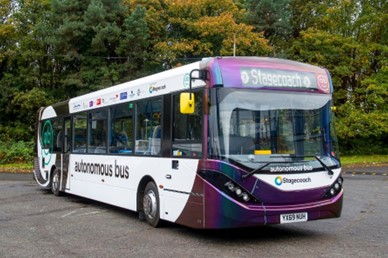 Professor Achille Fonzone and Dr Lucy Downey, from the Transport Research Institute at Edinburgh Napier, presented the CAVForth Autonomous Bus Project.
Professor Achille Fonzone and Dr Lucy Downey, from the Transport Research Institute at Edinburgh Napier, presented the CAVForth Autonomous Bus Project.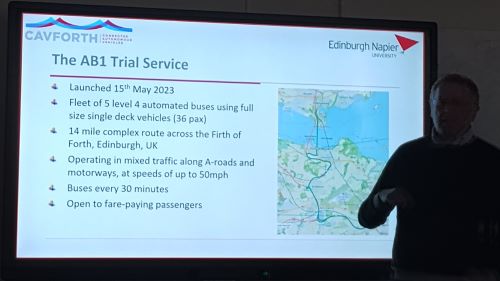
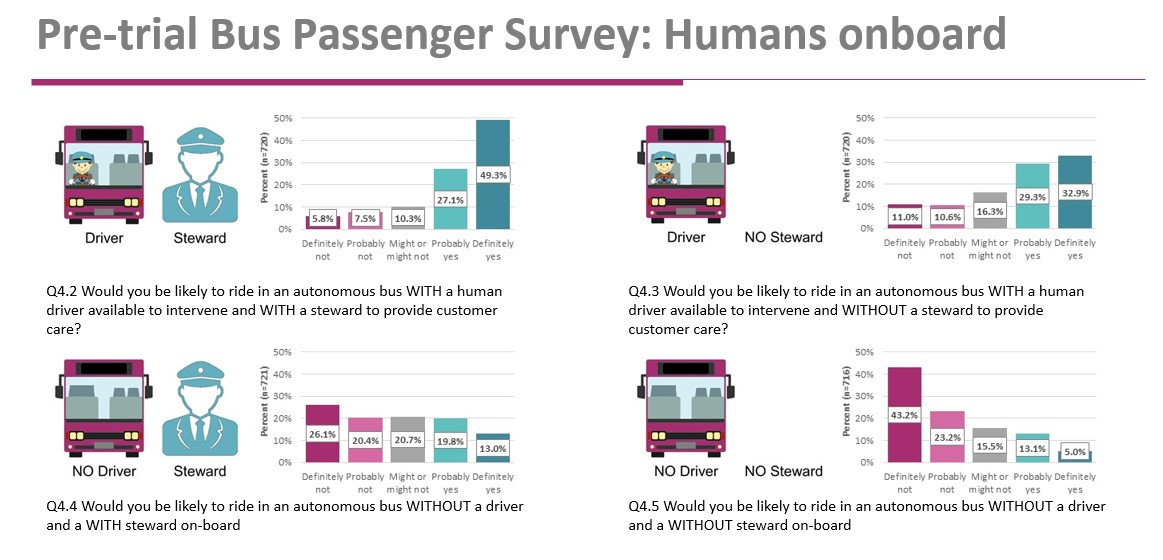 Over three-quarters (76.5%) of survey participants expressed a willingness to ride when a member of staff is on board to monitor vehicle operations and provide customer care. Very few, less than a fifth, would agree to ride in a bus without an employee on board.
Over three-quarters (76.5%) of survey participants expressed a willingness to ride when a member of staff is on board to monitor vehicle operations and provide customer care. Very few, less than a fifth, would agree to ride in a bus without an employee on board.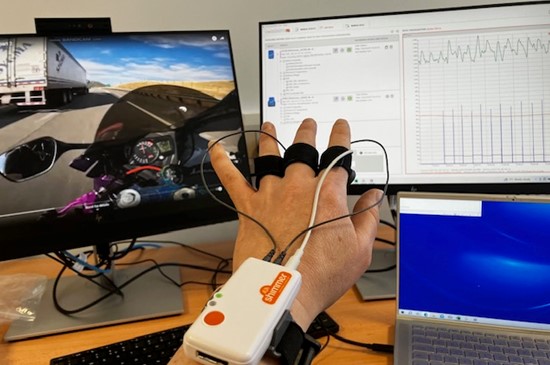 Further research is ongoing including onboard passenger surveys and comfort measurements.
Further research is ongoing including onboard passenger surveys and comfort measurements.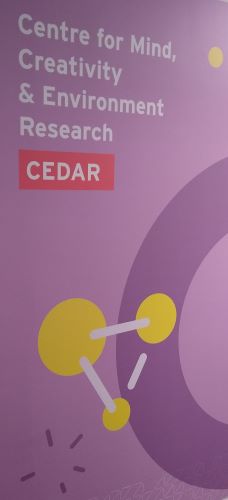
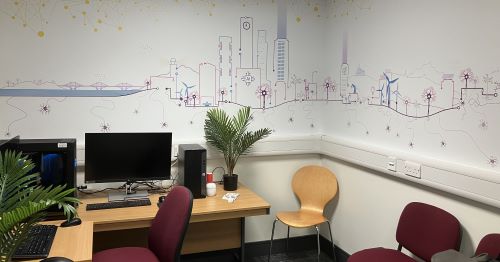

 “This has been a truly exciting opportunity to be able to develop a laboratory space from an interdisciplinary perspective and encapsulate the interdisciplinarity in both the laboratory equipment and the design of the space itself”.
“This has been a truly exciting opportunity to be able to develop a laboratory space from an interdisciplinary perspective and encapsulate the interdisciplinarity in both the laboratory equipment and the design of the space itself”.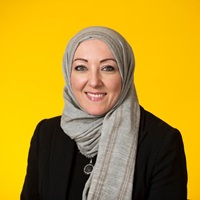 “It has been a delight collaborating with Dr Marina Wimmer as a co-lead of this unique research centre which not only creates fantastic opportunities for colleagues from various Schools across the University and beyond to explore issues related to Mind, Creativity and the Environment but also has a physical space with state of the art equipment to facilitate interdisciplinary research projects.”
“It has been a delight collaborating with Dr Marina Wimmer as a co-lead of this unique research centre which not only creates fantastic opportunities for colleagues from various Schools across the University and beyond to explore issues related to Mind, Creativity and the Environment but also has a physical space with state of the art equipment to facilitate interdisciplinary research projects.”
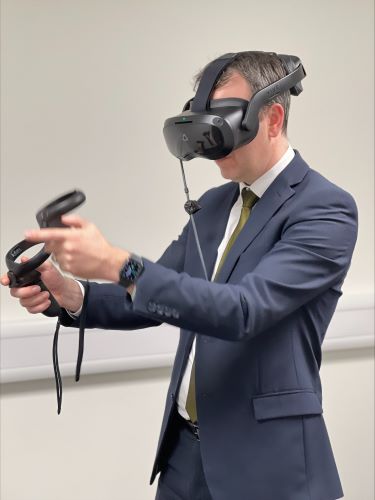

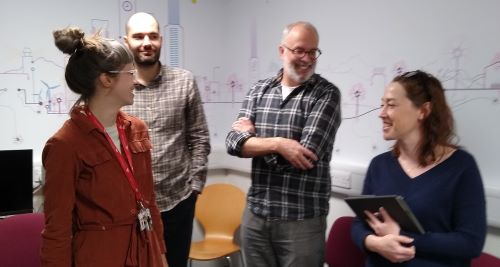
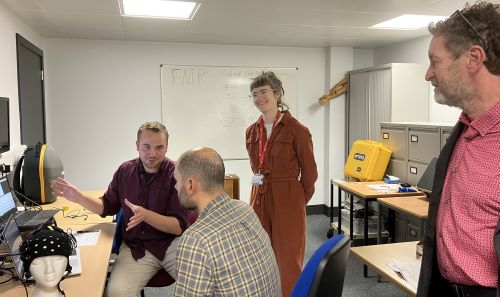
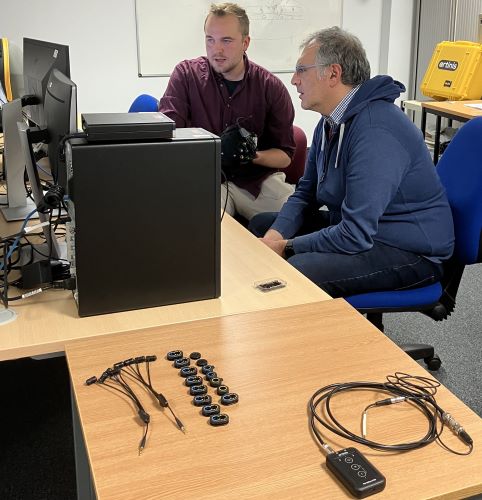
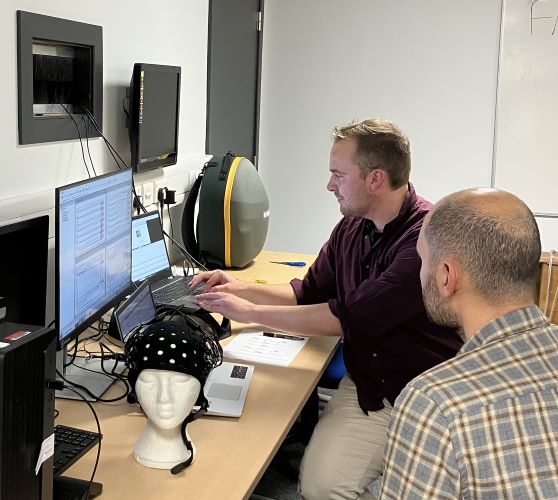

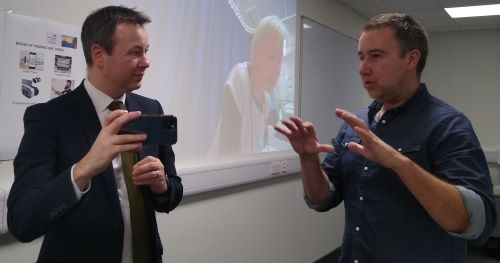 Ian explained 360° video, also called immersive videos or spherical videos, provides a multi-directional image from a stationary or mobile, first-person perspective.
Ian explained 360° video, also called immersive videos or spherical videos, provides a multi-directional image from a stationary or mobile, first-person perspective.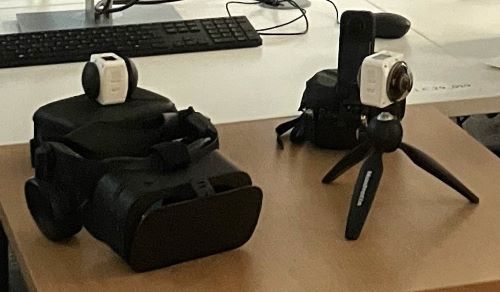 360 ° videos are recordings of the real-world environment in which a view in every direction is recorded at the same time by using a specific camera with a fish-eye lens.
360 ° videos are recordings of the real-world environment in which a view in every direction is recorded at the same time by using a specific camera with a fish-eye lens. The video uploaded on YouTube is accessible to the users by scanning a QR code with a mobile phone. And with a VR headset, people can live a real-life experience and rediscover their practice or activity.
The video uploaded on YouTube is accessible to the users by scanning a QR code with a mobile phone. And with a VR headset, people can live a real-life experience and rediscover their practice or activity.
